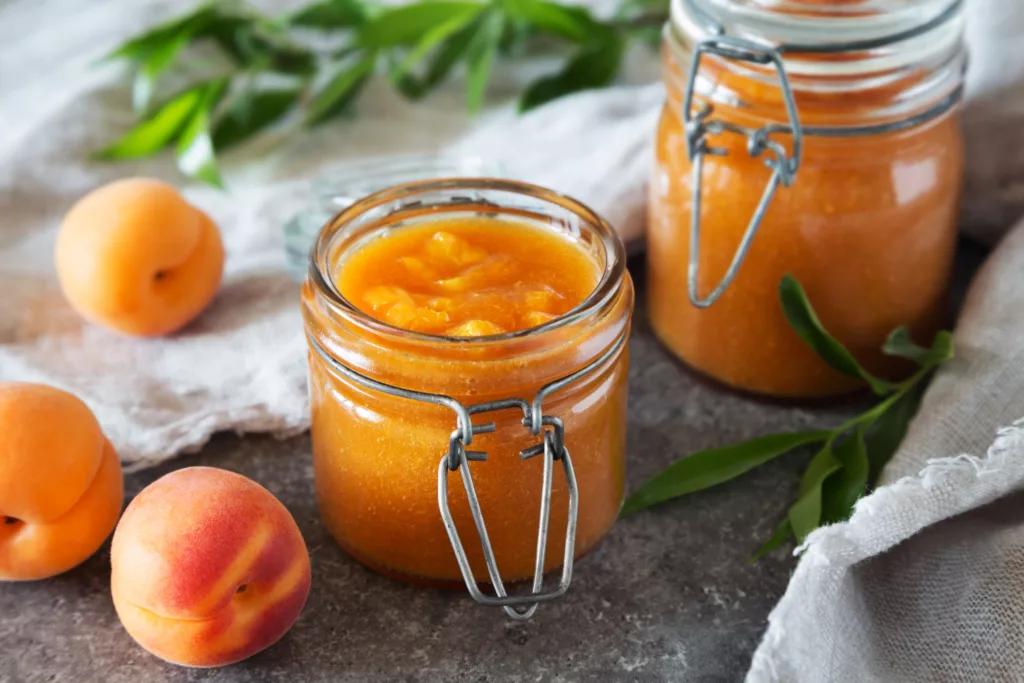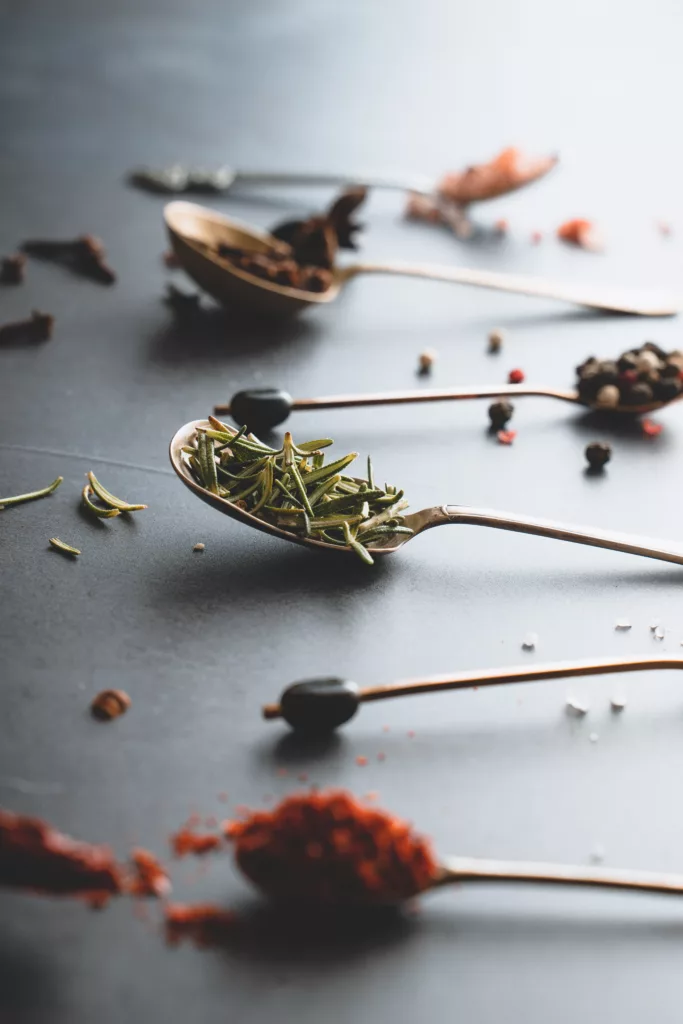In the Garden
Fall is a time to slow down, appreciate the changing weather, and get ready for what’s ahead. It’s also a great season for gardening! In fact, some people, like our family, believe that the fall garden is the best garden. You can still enjoy the last of your favorite summer veggies while starting to harvest fresh greens and other delicious vegetables. Plus, you’ll have fewer bugs, cooler temperatures, and less weed trouble in the fall garden.
— SELECT —
- September
- October
- November
TRANSPLANT:
After hardening off, plant your Cabbage, Kale, Broccoli, Cauliflower, and Kale into your garden.
DIRECT SEED:
Arugula, Lettuce, Radishes, Spinach, Swiss Chard, Turnips
PLANT:
Plant all cover crops by early to mid september to make sure they are established before any hard frost.
VEGETABLES:
Plant garlic, shallots. and perennial onion bulbs in mid to late October
Harvest any remaining summer veggies before first hard frost
Cut and dry any remaining herbs
Be prepared to protect plants from the first frost of the season
FLOWERS:
Plant spring flowering bulbs like tulip, daffodil, hyacinth, and crocus. Place chicken wire on the ground over newly planted bulbs to deter animals from digging
VEGETABLES:
Certain crops like cabbage, Brussell sprouts, broccoli, collards and kale are made sweeter by frost so harvest them as long as possible. If protected well, they will produce throughout winter and into early spring.
FLOWERS:
Direct seed – poppies, hollyhock and bachelors buttons
Around the garden in Fall
As the vibrant hues of summer give way to the warm and earthy tones of autumn, there’s much to be done beyond the confines of the garden. In this section, we’ll delve into essential tasks that will prepare you for the upcoming winter, from tending to your garden tools and soil to gathering valuable resources like seed catalogs and fallen leaves. Ensure a fruitful harvest and set the stage for a thriving garden in the seasons to come.
SEASONAL LIVING IN FALL
Living seasonally is about embracing the natural rhythms and changes of each season, and finding ways to connect with the world around us in meaningful and rewarding ways. In this section, we’ll explore some of the best ways to live seasonally during the autumn months. From seasonal photography and harvest moon celebrations, to bonfires and outdoor movies, there are many ways to make the most of the spring season and celebrate its unique characteristics. Whether you’re looking for new ideas and inspiration or simply seeking to deepen your connection with the natural world, this section will provide plenty of helpful tips and suggestions for living seasonally during the fall.
Seasonal photography
The transitional time of fall is an excellent time to capture beautiful scenes in nature. From the vibrant hues of changing leaves to the graceful movements of wildlife preparing for winter, autumn offers an excellent backdrop for capturing creation’s inherent beauty.
Connect with the local community
The fall is a great time to engage in local fall festivals, harvest celebrations, or community events. Participate in volunteer activities, such as food drives or helping with community garden cleanups, to foster connections and give back to your community.
Harvest Moon Celebrations
The Harvest Moon, the full moon closest to the autumnal equinox, is a significant celestial event. Plan a gathering or a special meal to celebrate this moon and the bountiful harvest it represents. Decorate your space with autumnal colors and elements to create a festive atmosphere.
bonfires and campfires
Gather friends and family for a cozy evening around a bonfire or campfire. Roast marshmallows, share stories, and enjoy the warmth and ambiance of the crackling fire. It’s a perfect opportunity to connect with loved ones and celebrate the beauty of the season.
outdoor movie theatre
Set up an outdoor movie screening using a projector or a large screen. Choose films that evoke the spirit of the season or are related to autumn themes. Snuggle up in blankets, sip hot cider, and enjoy a cozy movie night under the starry sky.
Fall in the Kitchen
The fall season has a lot to offer for a home chef. By embracing seasonal eating, you can enjoy the freshest, most flavorful ingredients while supporting local farmers and reducing your environmental footprint. In the southeastern US, here are a few ways to tailor cooking and eating practices to reflect a desire to eat seasonally:

Preservation
Take advantage of the abundant produce by preserving the flavors of fall. Consider making homemade jams, pickles, and sauces. Learn the art of canning and create jars of seasonal goodness that can be enjoyed throughout the year.

Seasonal Spice
Incorporating seasonal spices into your fall dishes adds a delightful and aromatic touch to your meals. Spices like cinnamon, nutmeg, cloves, and ginger evoke the cozy and comforting flavors of the season. They not only enhance the taste of your dishes but also bring a warm and inviting ambiance to your kitchen. Using these spices in your fall recipes encourages an embrace of autumn and creates a sensory experience that is both nostalgic and delicious.

Autumn-Inspired Baking
Fall is a wonderful time for baking with ingredients like apples, pumpkins, and warm spices. Indulge in freshly baked pies, tarts, bread, muffins, and cookies that showcase the flavors of the season. Experiment with recipes that feature cinnamon, ginger, allspice, and cloves.

Warm and Comforting Dishes
As the weather cools down, focus on preparing warm and comforting meals that nourish both body and soul. Explore recipes for soups, stews, roasted vegetables, and hearty grain-based dishes.
What’s In Season
( Fall )
Fall is a delightful season for enjoying an array of fresh, seasonal produce. As the air turns crisp and the leaves begin to change, a new selection of fruits and vegetables graces the market, offering a delightful abundance that is distinctive to this time of year. Some of the fall’s beloved fruits include apples, pears, and grapes, while vegetables like pumpkins, squash, hearty greens, and root vegetables take center stage. The fall season brings with it a unique palette of flavors and textures, as these fruits and vegetables reach their peak ripeness and offer unparalleled taste and culinary possibilities.
Vegetables
- TOMATOES
- okra
- SQUASH
- PEPPERS
- pumpkins
- WINTER SQUASH
- sweet potatoes
- COLLARD GREENS
- BRUSSELS SPROUTS
- kale
- SWISS CHARD
- RADISHES / TURNIPS
- carrots
- beets
- cabbage
Fruits
- APPLES
- pears
- MUSCADINES
- RASPBERRIES
- figs
- WATERMELON
- SATSUMAS (ZONE 8+)
- KIWI (ZONE 8+)
- PERSIMMON
CALENDAR OF FIRSTS
A calendar of firsts serves as a meaningful tool to celebrate and connect with the ever-changing rhythms of nature throughout the year. Its purpose is to document and acknowledge the first occurrences of various events and natural phenomena that mark the transition of seasons. By recording the first blooming flowers, migrating birds, or changing foliage, individuals deepen their awareness of the subtle shifts that unfold in the natural world. This heightened observation cultivates a sense of awe and appreciation for the beauty and diversity of our environment. Moreover, a calendar of firsts invites us to engage in a deeper relationship with the natural world, fostering a sense of connection, mindfulness, and gratitude. It allows us to truly immerse ourselves in the present moment and develop a greater understanding of the intricate cycles that shape our lives and the world around us.
These are general examples for zone 7 in the southeast US. Specific occurances will depend on your regional climate and conditions. Keeping a personal calendar or journal will allow you to capture the unique experiences and observations of each month in your region.
-
First signs of leaves changing colors (first red, yellow, orange, purple)
First harvest of apples, pumpkins, and winter squash
First sighting of a blooming aster or goldenrod
First sighting of Monarch butterflys on their migration south
First sighting of geese flying south for the winter
-
First fallen leaf with changing colors
First frost
First dip into the 30s
First appearance of migrating waterfowl in wetland areas
First Bonfire
First scent of smoke from a chimney
-
First dip into the 20s as winter approaches
First widespread frost or hard freeze (extended temps below 32 degrees)
First bite of fruit cake
First bite into a persimmon
The Night Sky
Looking up at the night sky can be a breathtaking experience, and each season offers its own unique celestial events and wonders. From meteor showers and comets to planetary alignments and constellations, the night sky can be a source of wonder and inspiration. In this section, we’ll explore some of the most notable celestial events that you can observe during each season of the year. Whether you’re a seasoned astronomer or simply someone who enjoys stargazing, this section will help you connect with the natural rhythms of the universe and appreciate the beauty and mystery of the night sky.
September’s full moon is called the Full Harvest Moon, appearing closest to the fall equinox. In the northern hemisphere, it rises shortly after sunset, casting ample light for farmers gathering their summer crops. This moon’s luminosity and radiance have earned it the name “Big Moon” among certain Native American tribes. Celebrated not only for the bountiful harvest but also for its cultural significance, the Full Harvest Moon holds a special place in various communities, honoring both the abundance of the season and the enchanting presence of the moon.
October’s full moon is often referred to as the Hunter’s Moon, drawing inspiration from ancient European and Native American customs. During this time, hunters would rely on the illuminating light of the full moon to track and capture their prey, ensuring provisions for the approaching winter. Despite common misconceptions, the Hunter’s Moon doesn’t appear larger or more radiant than usual. Its distinguishing feature lies in its early rise, shortly after sunset, providing ample moonlight for hunters during the early evening hours.
Draconids meteor shower radiates from the constellation Draco.
The Orionids is an average meteor shower radiating from the constellation Orion.
While we now have the comfort of winter coats and indoor heating, early settlers in Northern America faced the perilous risk of freezing to death during the harsh, dark winters. To ensure their survival, American colonists and Native American tribes relied on crafting warm winter clothing from beaver fur. Thus, November’s full moon earned the name “Beaver Moon.” As beavers diligently engaged in dam construction during this month, it signaled the opportune time to begin harvesting their valuable fur.
Taurids meteor shower peaks in early November but runs all fall.
Leonids meteor shower radiates out from the constellation Leo.
Important Dates To remember during spring
Discover the crucial dates that shape your gardening and seasonal living journey.
Autumn Equinox – September
The autumn equinox, also known as the fall equinox, marks the astronomical event when the sun crosses the celestial equator, moving from the northern hemisphere to the southern hemisphere. It occurs around September 22nd or 23rd in the northern hemisphere. During the autumn equinox, day and night are approximately equal in length, symbolizing the transition from the longer days of summer to the shorter days of winter. It is a significant moment that signals the arrival of autumn and the changing of seasons.
first frost – late September through early November
The first frost date is an important date to remember during the fall season. The exact date can vary depending on your specific location and climate, but it typically falls between late September and early November in the southeastern US (zones 7 and 8). The first frost marks a significant shift in the growing season, signaling the end of warm-weather crops and the need to protect sensitive plants from frost damage. It’s a good idea to stay informed about the predicted first frost date in your area, as it helps you plan accordingly for harvesting, covering plants, or transitioning your garden for the colder months ahead.

